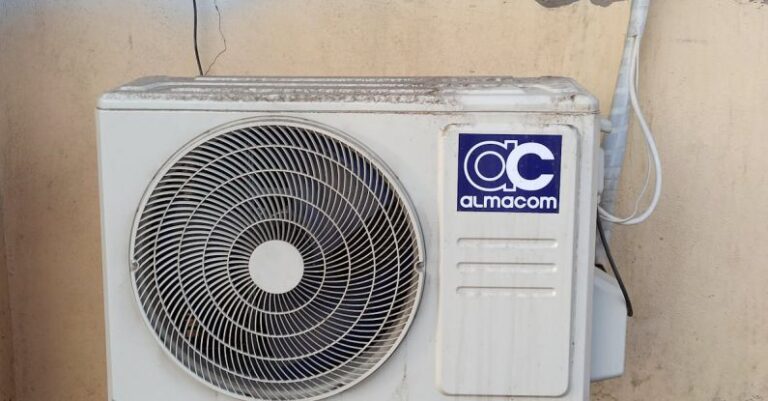
Are you considering installing an air conditioning system on your own? DIY AC installation can be a challenging but rewarding project, especially if you have the right tools at your disposal. From ensuring proper functionality to maximizing energy efficiency, having the necessary tools is crucial for a successful installation. In this guide, we will explore the essential tools you need for DIY AC installation.
Gauges and Manifold Set
One of the first tools you will need for DIY AC installation is a gauges and manifold set. This tool allows you to measure the pressure of the refrigerant in the system, ensuring that it is at the correct levels for optimal performance. Gauges and manifold sets typically come with hoses and adapters that allow you to connect them to different parts of the AC system.
Pipe Cutter
A pipe cutter is essential for cutting copper pipes to the appropriate length during the installation process. This tool ensures clean and precise cuts, which are necessary for a tight and secure fit. When choosing a pipe cutter, opt for one that can accommodate the size of the pipes you will be working with.
Flaring Tool
A flaring tool is used to create a flare at the end of a copper pipe, allowing for a secure connection with other components of the AC system. Flaring the ends of pipes is crucial for preventing leaks and ensuring the efficiency of the system. Make sure to practice using the flaring tool before starting the installation to achieve professional results.
Vacuum Pump
A vacuum pump is essential for removing air and moisture from the AC system before charging it with refrigerant. This process, known as vacuuming, is crucial for preventing damage to the compressor and ensuring the proper functioning of the system. Investing in a high-quality vacuum pump will help you achieve a thorough vacuuming process for optimal performance.
Refrigerant Scale
A refrigerant scale is necessary for accurately measuring the amount of refrigerant needed to charge the AC system. Overcharging or undercharging the system can lead to inefficiencies and potential damage, making a refrigerant scale a crucial tool for DIY AC installation. Ensure that the refrigerant scale you choose is compatible with the type of refrigerant used in your system.
Leak Detector
A leak detector is a valuable tool for identifying any leaks in the AC system before charging it with refrigerant. Detecting and fixing leaks early can prevent further damage to the system and ensure its longevity. Choose a leak detector that is sensitive enough to detect even small leaks for a thorough inspection.
Adjustable Wrenches and Screwdrivers
Having a set of adjustable wrenches and screwdrivers on hand is essential for tightening and securing various components of the AC system. These basic tools will come in handy throughout the installation process for making adjustments and ensuring a proper fit. Invest in high-quality wrenches and screwdrivers for durability and ease of use.
Safety Equipment
Safety should always be a top priority when working on any DIY project, including AC installation. Make sure to wear appropriate safety gear, such as gloves and safety goggles, to protect yourself from potential hazards. Additionally, having a fire extinguisher nearby is recommended in case of emergencies.
Conclusion: Ready to Tackle Your DIY AC Installation?
With the right tools and a bit of know-how, DIY AC installation can be a rewarding project that saves you money and gives you a sense of accomplishment. By having the essential tools mentioned in this guide, you can ensure a successful installation process and enjoy a well-functioning air conditioning system in your home. So, gather your tools, follow safety precautions, and get ready to tackle your DIY AC installation project with confidence!





